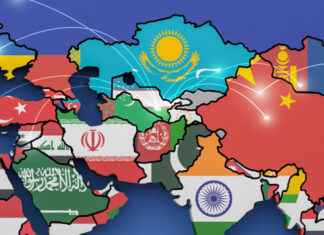Astronomers have, for the first time detected water vapor in the atmosphere of a habitable planet in another solar system, which could support life.
The researchers at the University College in London, who made the discovery from analysis of data from the Hubble space telescope. They have published the results of their research in the journal Nature Astronomy.
It is unknown how much water is in the planet’s atmosphere, but according to some calculations, it can be up to 50 percent.
the Researchers also have found helium and hydrogen in the atmosphere of the planet K2-18b, which is eight times larger than the earth.
the Planet K2-18b lies in a habitable zone in the vicinity of a dwarf star and is known from previous research reports.
– This planet is the best candidate we’ve seen outside our own solar system in the context of the search for life elsewhere, says astronomer Giovanna Tinetti, at University College in London with the addition:
– We can not go out from that, there are garden on the planet’s surface, but it is a possibility.
an exoplanet is A planet orbiting a star other than the Sun.
There are found more than 4000 exo-planets. Until now, this is the first, where you know that it has a klippeagtig surface and an atmosphere with water.
The first exoplanet was found in 1995.
A part of the exo-planets are gigantic gaskugler, where there seems to be no atmosphere at all.
And even if they did, most would be too far away from their star to have liquid water. Or they would be too close to their star, so all the water is evaporated.
K2-18b was discovered in 2015. It is one of hundreds of so-called ‘super-Earths’ – planets with a mass up to ten times greater than the Earth’s.
‘Superjord’ refers only to the planet’s mass, and the word says nothing about the surface conditions and environmental conditions.
Future space missions are expected to track the hundreds of others in the coming decades.
Angelos Tsiaras, who is one of the main authors of the report in the journal Nature the Astronomer, says that the new discovery brings us closer to an answer to the question of whether the Earth is unique.








